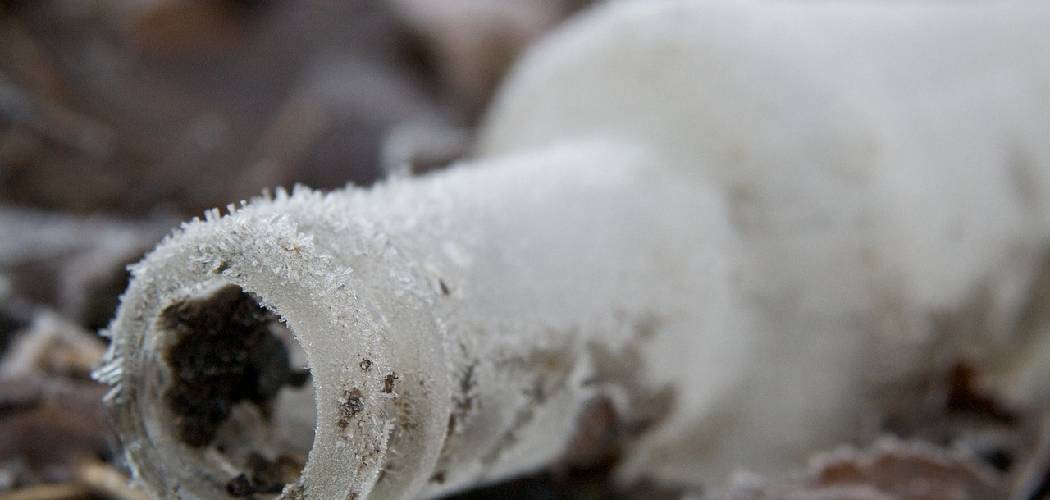Asbestos pipe insulation was commonly used in the past due to its heat-resistant properties. However, it has been proven to be a hazardous material that can cause serious health issues such as lung cancer and mesothelioma. Asbestos fibers are known to be easily released into the air when disturbed, making it important to remove any asbestos-containing materials from your home or workplace.
Asbestos is a mineral that was commonly used in building materials due to its heat resistance and durability. However, it has been discovered that exposure to asbestos fibers can lead to serious health issues such as lung cancer and mesothelioma.
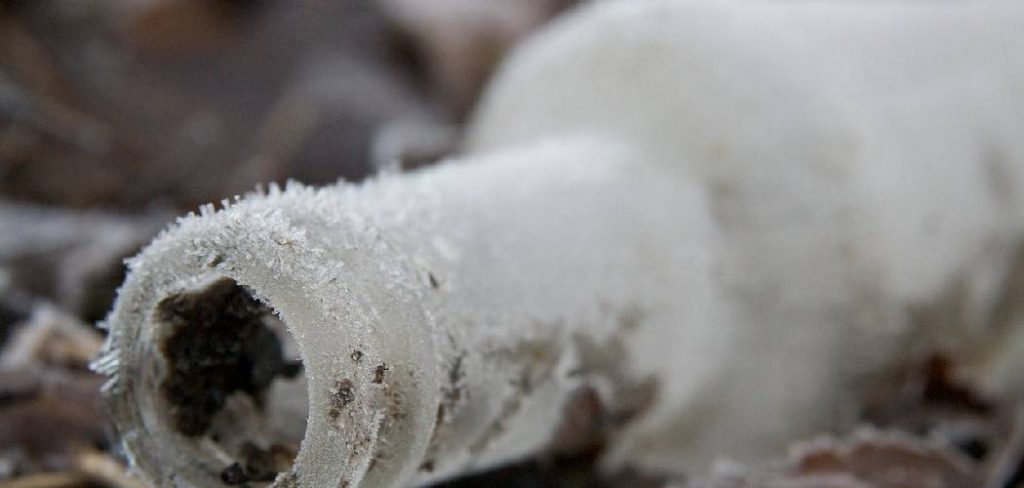
As a result, the removal of asbestos-containing materials, including pipe insulation, has become a necessary step in ensuring the safety of buildings. You can find step-by-step instructions on how to remove asbestos pipe insulation in this blog article.
Instructions for How to Remove Asbestos Pipe Insulation
1. Prepare and Gather Materials
Begin by assessing the area where the asbestos pipe insulation needs to be removed. Make sure that you have access to the required equipment, including a respirator mask, goggles, coveralls, plastic sheeting, duct tape, removal bags, and a spray bottle filled with water.
2. Take Safety Precautions
Asbestos is hazardous material and can cause serious health problems if mishandled. Before starting the removal process, make sure to take all necessary safety precautions. This includes wearing protective gear as well as ensuring proper ventilation in the work area.
3. Seal off the Area
To prevent any asbestos fibers from spreading, it is crucial to seal off the area where you will be working. Use plastic sheeting and duct tape to create a barrier around the work area. This will help contain any debris or dust that may be released during the removal process.
4. Wet the Insulation

Using a spray bottle filled with water, wet the insulation thoroughly. This will help keep any asbestos fibers from becoming airborne during removal. Keep the insulation wet throughout the entire process. Using a damp cloth or towel, gently wipe away any visible debris from the surface of the insulation. This will help remove any loose fibers that may release into the air during removal.
5. Carefully Remove Insulation
Using a utility knife, carefully cut through the insulation and remove it in sections. Make sure to keep the insulation wet as you work to prevent any fibers from becoming airborne. Place the removed sections into removal bags and seal them tightly.
6. Clean Up the Work Area
Once all the insulation has been removed, thoroughly clean up the work area using a HEPA vacuum cleaner. This will help remove any remaining debris or dust that may contain asbestos fibers. Make sure to dispose of all materials used during the removal process properly. This includes the plastic sheeting, duct tape, and removal bags. Contact your local waste management facility for proper disposal instructions.
7. Shower and Change Clothes
After completing the removal process, it is crucial to shower and change into clean clothes to remove any remaining debris or fibers from your body. If you are uncomfortable or unsure about how to safely remove asbestos pipe insulation, it is best to hire a licensed professional. They have the necessary training and equipment to handle the removal process safely and effectively.
Tips for How to Remove Asbestos Pipe Insulation
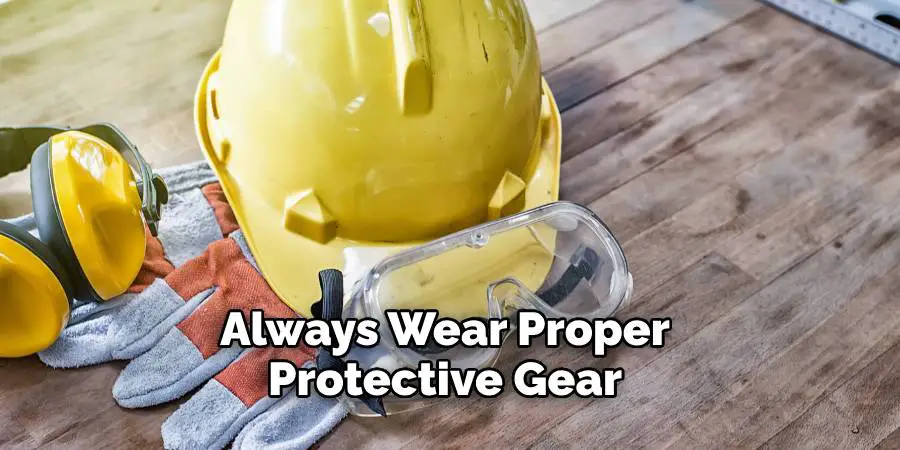
- Always wear proper protective gear, including a respirator mask, goggles, and coveralls when removing asbestos pipe insulation.
- Make sure to have adequate ventilation in the work area by using a fan or opening windows before starting the removal process.
- Avoid disturbing the insulation as much as possible to prevent any fibers from becoming airborne.
- Never use power tools or abrasive materials when removing asbestos pipe insulation, as this can release harmful fibers into the air.
- Always keep the insulation wet during removal to prevent any fibers from becoming airborne.
- Seal off the work area with plastic sheeting and duct tape to contain any debris or dust that may be released during the removal process.
- Properly dispose of all materials used during the removal process, including protective gear and removed insulation, to prevent any potential exposure to asbestos fibers.
Is It Dangerous to Remove Asbestos Pipe Insulation on Your Own?
Asbestos is a highly hazardous material commonly used in buildings for insulation, especially in pipes. However, asbestos has been banned in most developed countries due to its carcinogenic properties.
If your building was built before the 1980s, there is a high possibility that it contains asbestos pipe insulation. If you have discovered asbestos pipe insulation in your building and are planning to remove it, there are important factors to consider. One of the main concerns is the potential danger that comes with asbestos removal.
Asbestos is a naturally occurring mineral made up of tiny fibers. When disturbed or damaged, these fibers become airborne and can be inhaled. Long-term exposure to asbestos has been linked to various health issues such as lung cancer, mesothelioma, and asbestosis.
Therefore, it is essential to handle asbestos with extreme caution to prevent exposure. Asbestos pipe insulation poses a significant risk because it is often found in enclosed spaces where the fibers can easily accumulate and linger in the air.
How Long Does It Typically Take to Remove Asbestos Pipe Insulation?
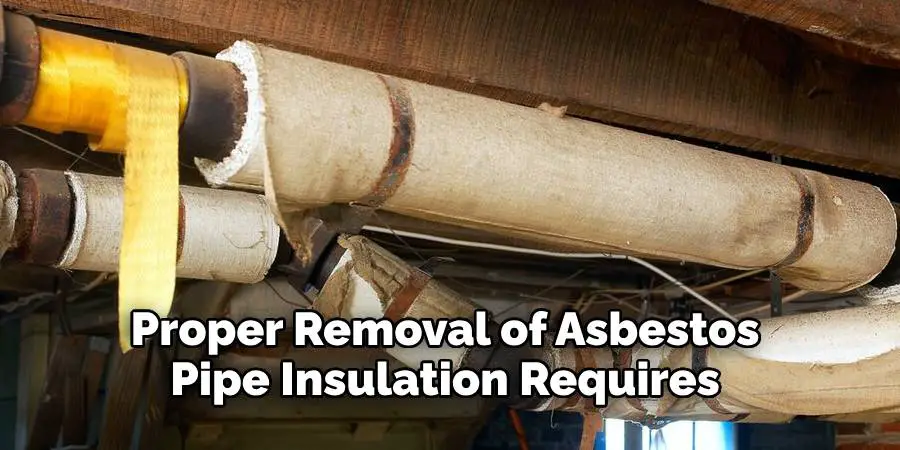
The duration of asbestos pipe insulation removal varies depending on several factors, such as the size of the property, the extent of contamination, and the type of asbestos used. In most cases, the process can take anywhere from a few days to several weeks. However, it is essential to note that proper removal of asbestos pipe insulation requires following specific guidelines and regulations set by local authorities. This could potentially add more time to the process.
One of the main factors that influence the duration of asbestos pipe insulation removal is the size of the property. Larger properties will require more time as there will be more areas to inspect and remove any contaminated materials. Additionally, if the property is multi-story or has complicated structures, it could also take longer to remove asbestos pipe insulation.
What Are the Risks of Asbestos Exposure During the Removal Process?
The process of removing asbestos pipe insulation is not a quick task. It requires proper planning, preparation, and specialized equipment to safely remove the material. The duration of the removal process depends on various factors such as the size of the area, the amount of insulation present, and the complexity of the building’s structure. In most cases, it can take several days to weeks to complete the removal process.
The risks associated with asbestos exposure during the removal process are significant. As mentioned earlier, asbestos fibers become airborne when disturbed, making it easy to inhale them. If not handled correctly, the fibers can spread beyond the immediate work area and contaminate other parts of the building. This puts not only those removing the insulation at risk but also anyone else in the building. Moreover, improper handling and disposal of asbestos waste can also lead to further contamination and exposure.
What Are the Potential Health Hazards Associated With Asbestos Pipe Insulation?
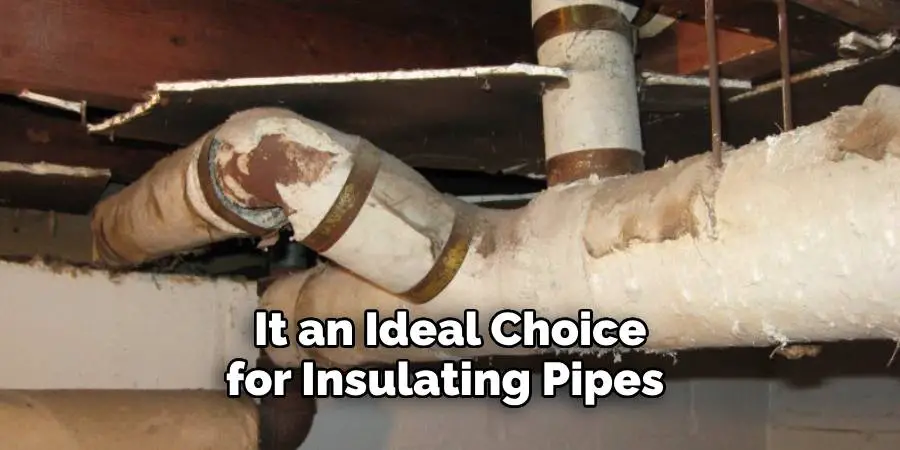
Asbestos pipe insulation was a widely-used material in homes and buildings built before the 1980s. Its heat-resistant properties made it an ideal choice for insulating pipes, boilers, and other heating systems. However, it was only later discovered that asbestos is a highly toxic mineral that can cause serious health issues if its fibers are inhaled.
The inhalation of asbestos fibers can lead to a number of serious lung diseases, including asbestosis (scarring of the lungs), lung cancer, and mesothelioma (a rare form of cancer that affects the lining of the chest or abdominal cavity). These health issues may not develop immediately after exposure but could take years or even decades to manifest. This is why it’s crucial to properly remove and dispose of any asbestos-containing materials, such as pipe insulation.
Can You Hire a Professional Company to Remove the Asbestos Pipe Insulation From Your Home?
If you have asbestos pipe insulation in your home, it is important to have it removed as soon as possible. Asbestos is a dangerous substance that was commonly used for insulation before its harmful effects were discovered. Breathing in asbestos fibers can lead to serious health problems, including lung cancer and mesothelioma.
Removing asbestos pipe insulation is not a simple task and should only be done by trained professionals. While you may be tempted to save some money and remove the insulation yourself, it is not worth the risk to your health. Professional companies have the necessary knowledge, equipment, and experience to safely remove asbestos pipe insulation from your home.
Is There a Cost Associated With Removing Asbestos Pipe Insulation?
If you suspect that your home has asbestos pipe insulation, it is important to take immediate action to protect yourself and your family. Asbestos is a dangerous material that was commonly used in building materials until the late 1980s. Exposure to asbestos can cause serious health problems, including lung cancer and mesothelioma.
To determine if your home has asbestos pipe insulation, it is best to hire a professional asbestos inspector. They will take samples of the insulation and have them tested in a laboratory to determine if they contain asbestos fibers. If your home does have asbestos pipe insulation, it is crucial to have it removed as soon as possible.
The cost of removing asbestos pipe insulation can vary depending on several factors, including the size of your home and the amount of insulation that needs to be removed. On average, the cost can range from $1,500 to $3,000. While this may seem like a significant expense, it is essential to remember that the health risks associated with asbestos exposure are far greater.
Is It Safe to Remove Asbestos Pipe Insulation Yourself?
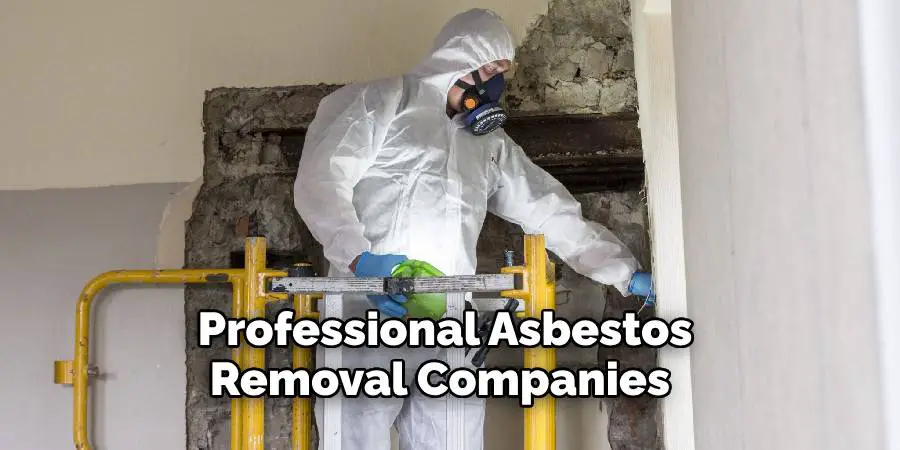
Many homeowners may consider removing asbestos pipe insulation themselves to save money. However, this is highly discouraged as it can be extremely dangerous. Asbestos fibers can easily become airborne during the removal process, putting you and your family at risk of exposure.
Professional asbestos removal companies have the necessary training and equipment to safely remove asbestos pipe insulation without causing harm to themselves or others. They also follow strict guidelines set by government agencies to ensure proper disposal of the insulation.
Conclusion
In conclusion, removing asbestos pipe insulation is a complex and potentially dangerous task that should not be taken lightly. It requires proper training, equipment, and procedures to ensure the safe removal of this hazardous material.
It is important to remember that even though asbestos has been banned in many countries, it can still be found in older buildings and structures. As such, it is crucial to follow all safety precautions and regulations when dealing with asbestos.
We have discussed the steps involved in the removal process, including assessment, containment, removal, and disposal. It is important to follow these steps carefully to minimize the risk of exposure to asbestos fibers. I hope reading this post has helped you learn how to remove asbestos pipe insulation. Make sure the safety precautions are carried out in the order listed.

